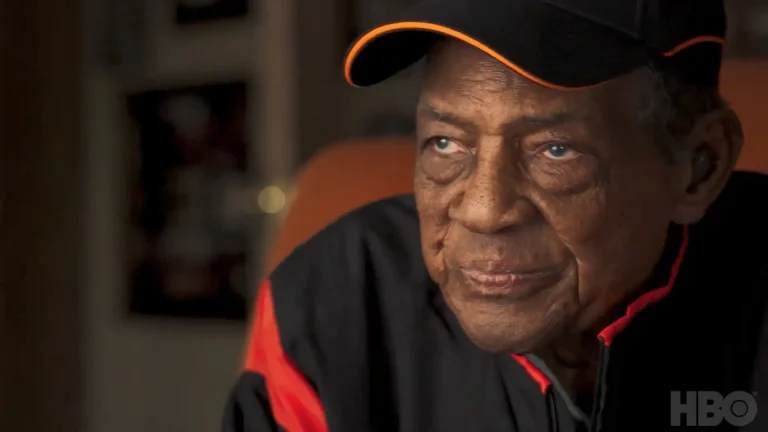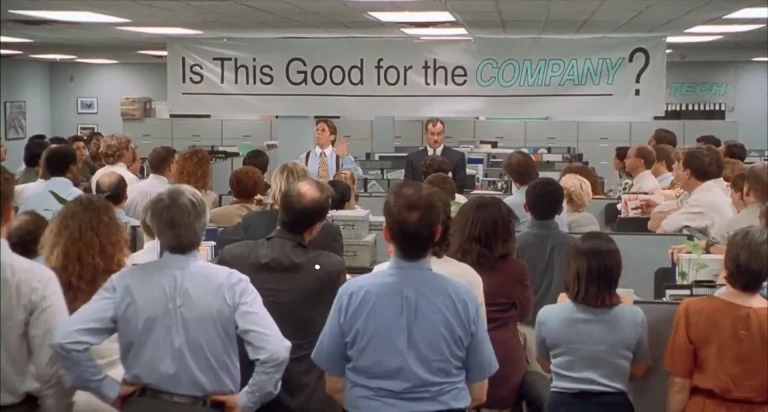8 Writing Mistakes You Can Fix Now
What we’ve learned from the writers we edit
We’re celebrating the third anniversary of our Build Better Writers program and really letting our hair down.
We’re breaking out the semi-colons, dangling a few participles just for the hell of it and, dare I say it, even allowing the Oxford comma to have its day. But just this once.
By my very rough count, we’ve coached and edited hundreds of communicators in that time. And as you might guess, we see many of the same bad habits creeping into the copy of writers who typically have too little time, and not enough support, to produce their best work.
Here’s our Lucky 8 checklist to improve your reporting, writing and editing:
1. Report first, write second. Too often, communicators get assignments passed along by someone above them in the org chart: a request for a press release (without news), notes from an event (which was boring), a list of awardees (ugh) or a PowerPoint deck (the worst).
It’s never quite enough, unless you’re OK with shallow, uninteresting text that no one will read. Here’s what to do instead:
- Ask yourself what would make your story better and more compelling? An intriguing stat, a splash of color or a good quote from someone who matters?
- What do your readers need to know? What won’t they understand unless you explain it?
Most of the stories we see don’t require hours of interviews or extensive research. But a little reporting goes a very long way.
2. Humans make excellent copy. Take out anything that smacks of boring policy or convoluted strategic plans in favor of people doing stuff.
- We once worked with a Canadian utility whose editorial guidelines included this simple but powerful piece of advice: “Tell your stories through the eyes of the people closest to the work.”
- As one of my editors told me too many years ago, “Readers want someone they can root for.”
3. Find the tension. This writing tip is often misunderstood. You’re not looking for trouble, unless that’s the story. Tension is what makes readers care about the humans in your story, and what they’re trying to do.
- You can find the “push-and-pull” in just about any task, even those that seem boring. Describing a new process might melt your brain, but someone trying to learn a new way or fix a problem makes your readers want to learn how it all turned out.
- Even the most boring stories (the new strategic plan, the awards ceremony) will be so much better when you reveal the underlying tension. What prompted the biggest changes in the strategic plan? What did someone accomplish or overcome to be honored with an award?
4. Make sure you nail the “one thing.” We’d all love to think that our readers devour our content and hang onto every word. They don’t. Communicators write for an audience of skimmers and scanners, and they’ll leave the moment something more interesting comes their way. Your mission: Make sure they know “one thing,” the one piece of information you wanted to convey before they move on.
- Figuring out the one thing helps you organize your story. Place it somewhere near the top: in a headline or teaser, in your lede or nut graph. Don’t wait too long to tell readers what they need to know or do.
- Stories do not appear in a vacuum. Something demands their telling. Why are you writing this story now?
- Find the context and put it in the right place. Background at the top gets in the way of telling your story. Background in the middle fills a hole just when readers are wondering, “How did we get here?”
- And to sum it all up … don’t. It’s a story, not a report. If you’ve done a good job summing up at the end, you probably have the ingredients for a pretty good lede. Move it up, where people can see it. All the way up. That’s it, keep going.… Good!
5. And speaking of ledes. Give your readers a running start by writing a short first sentence. They’ll thank you by reading the second sentence and maybe even keep going. You’ve got two choices:
- Write a news lede that tells them everything they need to know in the first sentence or paragraph, with details to follow.
- Open with a compelling story that will make readers want to find out more, then write a solid nut graph that tells them what’s in store if they keep reading.
- Focus on the story, not the package it came in. It’s not about a meeting or event. It’s what happened there that readers will care about.
6. Eliminate all the bad quotes. Most quotes in corporate writing really stink. Senior leaders say words they think sound “official” or people put words in their mouths they would never actually say.”
- For every story, call at least one source or speak to them face-to-face. It’s amazing what one real conversation will add to your copy.
- Push back, nicely. Every communicator we work with knows what a bad quote looks like. We don’t have to tell them. What we do tell them is to ask again.
- Make the quotes matter. They should bring spice and feeling to your story, not merely add facts bracketed with quotation marks.
7. Allow yourself to write crap. Stories evolve in the writing; they don’t come out as crisp, clear perfect sentences, all in the right order. If this is your approach, give yourself a break. Don’t try to write a perfect sentence in your head. Get it out where you can see it – and fix it.
- Rewriting is good for the soul. It also makes your story better.
- If you’re someone who can’t proceed without composing some kind of lede, start with a placeholder and keep refining it as you write. When you think you’re done, go back to the top and review it one more time.
8. Be a helpful editor. The best editors are invisible. Their job is to make your words shine, not replace them with their own. To edit yourself or others, follow these tips:
- Read before slashing. Like writers, editors are pressed for time. Give your writers the courtesy of reading through their stories before you start tracking your changes in glorious technicolor.
- Omit needless words. This maxim, first offered by famed writer E.B. White in “The Elements of Style,” may be more important than ever. Get rid of all the words you don’t need and just leave the good ones.
- Concise is not the same as short. We’re not advocating that every story be 188 words long. There’s no rule about story length. Just make every word count.
- Look for what’s not there. If you’re editing someone’s copy―or your own―find what’s missing that will help readers understand.
Ragan Consulting Group cofounder Jim Ylisela loves wrestling with your copy.
Contact our client team to learn more about how we can help you with your communications. Follow RCG on LinkedIn and subscribe to our weekly newsletter here.






